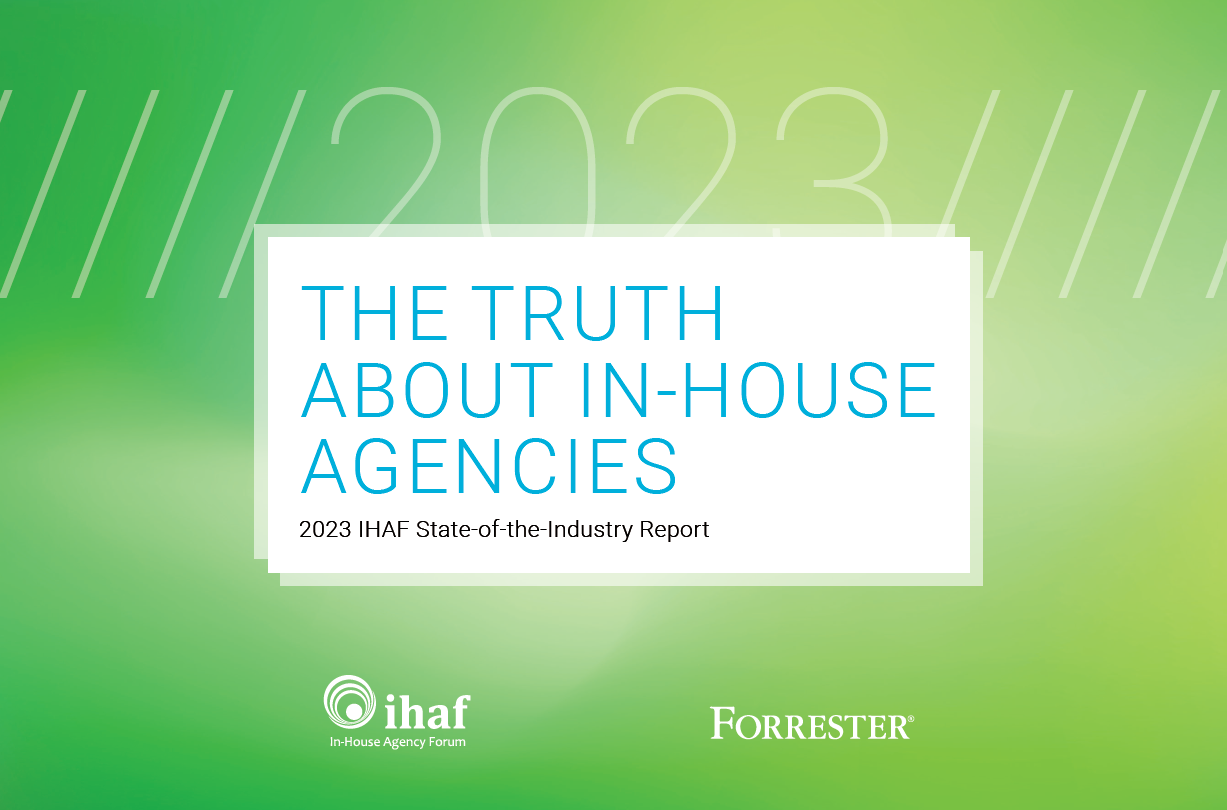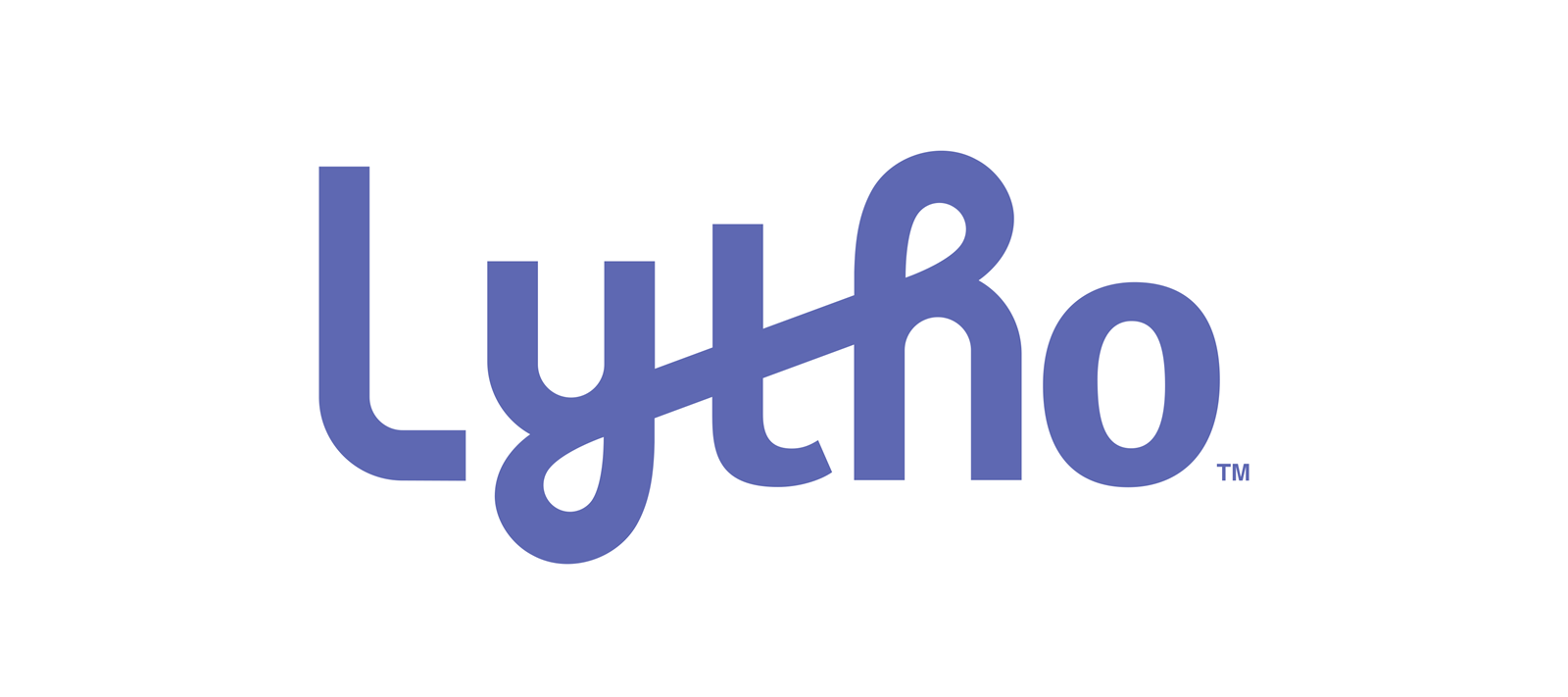The Importance of “Universal Levels of Creativity” in Production

Creative teams receive briefs from a variety of sources every day, and each carries an assumption that it will quickly deliver the desired outcome that is intended by the requestor. While this sounds simple in principle, it is rarely possible in practice.
The Purpose of a Brief. The writer and/or designer need to understand what is in the mind of the requestor, including the project objectives, target message and tone of voice, and even the design aesthetic. All too often, briefs lack the vocabulary needed to clearly and unambiguously communicate what is essential for the creative team. The writer and designer are much more likely to hit the mark when the requirements and objectives are clear, and all necessary information is neatly packaged and provided.
This is rarely the case, however, and as a result, it has historically been one of the most difficult aspects of our work. Aside from simply misunderstanding an ambiguous brief, we might apply too much creativity. Or too little. Any type of miss can lead to delays, frustration, erosion of mutual trust, and of course, increased cost.
For all of these reasons, we have worked toward defining “levels of creativity” and a system that works across brand teams and creative teams, ensuring absolute clarity.
Defining Levels of Creativity. Using graded creativity tiers is a common practice in the industry. Aligning creativity requirements with pre-agreed criteria helps define how much creative input is needed. This not only defines exactly what is expected from everyone, it removes ambiguity at all stages of the project. At Express KCS, our tiers are as follows:
Tier 1: Creative Ideation—To devise one or more creative approaches that solve a commercial problem, operating within brand and/or media constraints.
Tier 2: Creative Input—To re-cast or re-present approved ideas. Creative is designed around a master template. Adaptations include language transcriptions and cross-media conversions (e.g. print-to-digital ads or infographic-to-video motion graphics). Also value-added creativity for pitches and presentation decks.
Tier 3: Templated Production—Accuracy and speed are important, as is artworking and matching content to templates. This stage includes basic PowerPoint work, templated document layouts and size adaptations.
Of course, these tiers can be subdivided for all types of clients. For example, some publishing clients have Tier 3 divided into three subcategories ranging from "do exactly as I say” to “make it pretty.” And every client or requestor has their own unique way of briefing, with their own sets of required information. While many unique aspects are related to their own corporate processes (e.g. cost centers, purchase-order numbers, stakeholder names, etc.), there is commonality across various fields.
We always start with a standard form and then adapt to individual needs. We may even provide a series of visual cue cards which can help those without design training more clearly express their intent. “Make it like this but more vibrant” or “like this but with our campaign hero art” when related to shared (brand-approved) graphics can easily beat 1,000 words of explanation. We even offer editable templates, again campaign- or brand-approved, which clients can edit directly. “Like this but let me just edit the text” cuts to the chase, as the requestor can request, proof, amend and sign-off all in one sitting.
The System. The method by which the design team receives the brief, where the correct level of creative expertise is expressed and all assets are held is critical. We’ve had clients who would send us assets in separate emails and via various file transfers who are unable to help us tie them all together. Proper version control is also essential to avoid premature baldness (from pulling your hair out) and near-homicidal exchanges between stakeholders! Comments on revisions must tie back to specific versions. Sounds simple, but we’ve had situations where comments are added in places without reference to the version being proofed. To solve all of this, we looked for a suitable cloud-based solution but in the end, created our own proprietary system called MediaFerry which has helped us overcome the various challenges we faced.
The Feedback Cycle. While dashboards are produced for all clients, we also needed one to address the abundance of above-mentioned delays and frustrations as a result of subpar briefings. It can be painstaking, but it works: for every job that cannot be completed correctly and unambiguously, we analyze the reasons behind it. Pulling brief-rejection charts together and sharing them with clients is a highly effective way to align both parties. When you can measure the reasons behind rejected briefs and locate the points of origin, you can bear down and hopefully eliminate them altogether. We helped one client move from over 50% rejected briefs (with an average of 5+ revisions cycles per job) to 0% rejected briefs (and 2 revisions per job) in six months—just by shining some light.
Sample brief-rejection charts: 
What We Learned. Systems and processes that provide a common language for the amount of creative input required by the design team will set the tone for the remainder of the project, helping to avoid wasted work and ensure that efficiency is prioritized.
It also helps streamline in-house communications, as there may be a difference in language used between a brand and its design/production team. This provides a mutual understanding from the very beginning on how to classify “creativity.” This is particularly helpful with complex briefs, where there are multiple sub-tasks falling under one project banner—further emphasizing the need to understand what should be communicated during the introductory meeting.
Our process has led to demonstrable improvements in the alignment of ideas, communication efficiencies with remote teams (crucial if working across multiple time zones), and diminished need to repeatedly explain the end results throughout the project. However, this alone does not ensure that a brand and its agency are clear on the tasks to be actioned. A set of terms for the work should also be developed, bespoke based on the requirements of the project. This might include a custom creativity scale, developed in house, that makes project stages clearer—essential to drive efficiency and clear communication which ultimately saves time and money.
We’ve learned and evolved our processes over time. Obviously, it required a lot of experimentation and patience. I am curious to know how brands and agencies out there are addressing some of these same issues. Let me know your thoughts via comments or feel free to reach out to me directly at plamba@expresskcs.com.
Puneet Lamba is Vice President of Operations & Client Servicing at IHAF member, Express KCS—a leading creative production company working for agencies around the world.
- advertising,
- agency,
- analysis,
- association,
- brand,
- briefs,
- client,
- CMO,
- communication,
- content,
- corporate,
- creative,
- designer,
- digital,
- efficiency,
- express kcs,
- IHAF,
- in-house,
- insource,
- internal,
- lamba,
- leadership,
- management,
- marketing,
- media,
- membership,
- networking,
- process,
- production,
- productivity,
- professional,
- Puneet,
- social,
- streamline,
- tier,
- trends
Recent Posts

In-House Data: Fact or Fiction?
October 16, 2023
I’m going to be honest with you, which I always am but this time it’s scary honesty. There are a lot of in-house agency research reports out there. And not all of them contain data that are close to the integrity of the studies IHAF publishes—the next of which drops at the IHAF conference on …

IHAF Wrapped
December 20, 2023
One of our favorite things to do at year-end is look back at the events, presentations, and online resources our members tapped most. (Why should Spotify have all the fun?) Here are a few of your favorites in 2023:
• New Assortment of Org Charts Download • Updated Job Profiles …



















%20(1).pdf%20-%20Copy.jpg)

%20(1).png)


No Reader Comments